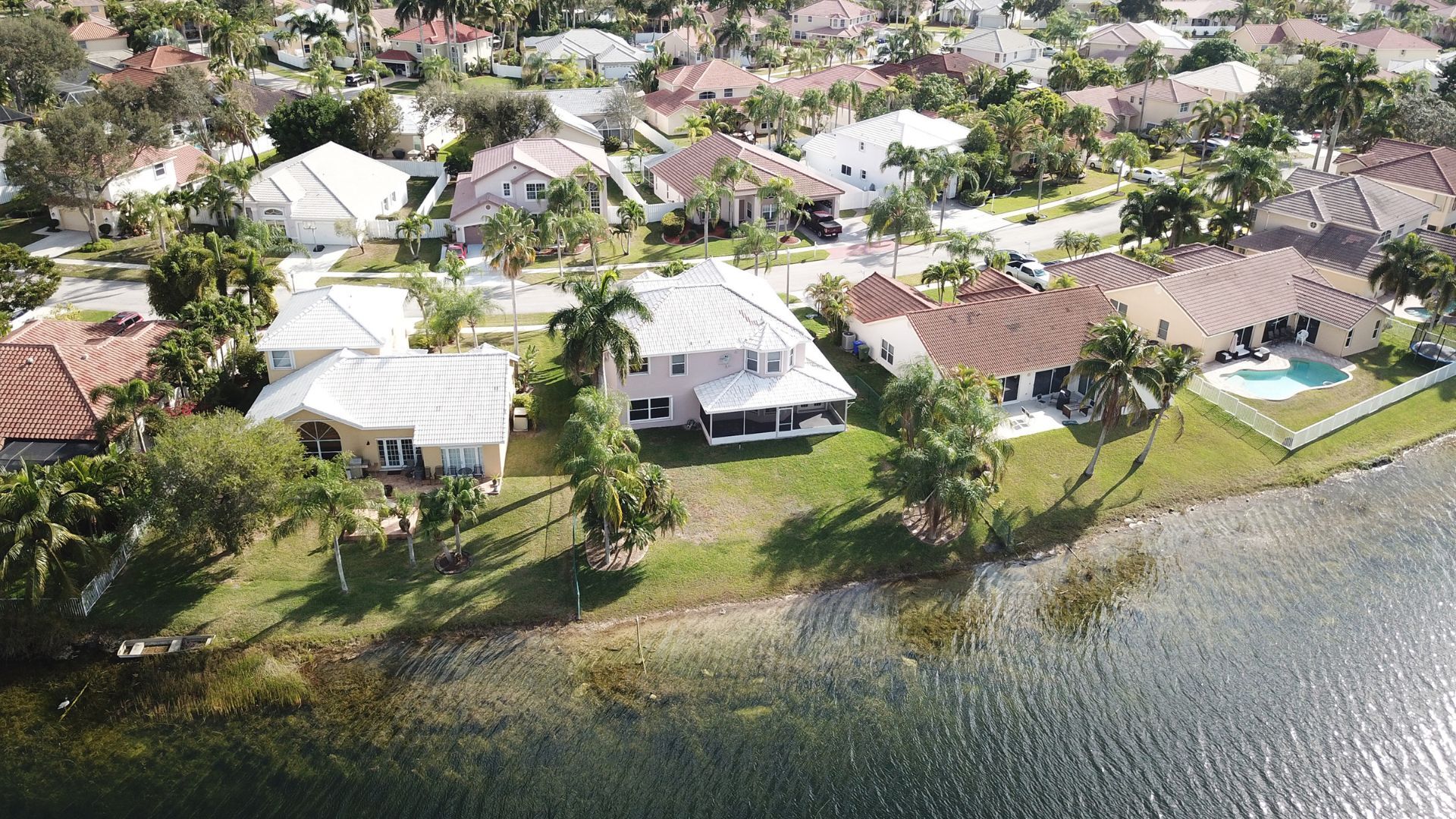Managing savings, homeownership during first retirement year
Didier Malagies • November 18, 2025
This is a subtitle for your new post

“Managing savings, homeownership during first retirement year” by Sarah Wolak:
- The first year of retirement is extremely important — it sets the tone for long-term financial stability. H
- Advisors say retirees need to balance spending and saving carefully so they don’t deplete savings too fast.
- It’s common for new retirees to overspend in what’s called the “go-go years” — the early retirement phase when people may travel or spend more.
- On the other hand, being too cautious can mean missing out on meaningful goals or experiences.
- Experts — including Scott Van Den Berg of Century Management — advise waiting 6–12 months after retiring before making major financial decisions like big gifts, property purchases, or large withdrawals.
- It’s recommended to keep 12–18 months of cash reserves (or liquid assets) to avoid needing to sell investments in a market downturn.
- For homeowners, strategies like reverse mortgages or home-equity lines of credit (HELOCs) can provide financial flexibility without forcing a house sale during volatile times.
- Retirees should build a sustainable withdrawal plan that mimics a paycheck — this helps manage taxes, spending, and market risk.
Check out our other helpful videos to learn more about credit and residential mortgages.

What Does “No Credit Score Mortgage” Mean (for FNMA) Policy Change As of November 15, 2025, Fannie Mae’s automated underwriting system (Desktop Underwriter, or DU) will no longer require a minimum third-party credit score. Fannie Mae Instead of relying on a fixed cutoff (like “you must have a 620 FICO”), DU will use Fannie Mae’s proprietary risk-assessment model to evaluate credit risk. Fannie Mae That model considers more than just credit score: payment history, “trended” credit data, nontraditional credit sources like rent, utilities, and so on. Fannie Mae Nontraditional Credit Allowed Fannie Mae’s Selling Guide includes rules for “nontraditional credit” — that is, credit history documented without a standard credit score. Selling Guide When a borrower truly has no credit score, lenders must document nontraditional credit history. For example, they might look at 12 months of cash flow or payment history (rent, utilities, insurance, etc.). Fannie requires borrowers without any credit score to complete homeownership education before closing. Selling Guide Why This Could Be a Good Thing Greater Access to Homeownership This change will likely help people who are “credit invisible” (i.e., they don’t have a traditional credit score) get conventional mortgages. Historically underserved groups (such as those who rent, use nontraditional credit, or have limited credit history) could benefit. More Holistic Underwriting By removing the rigid score minimum, DU can look at the whole financial picture. This means more weight on things like debt-to-income ratio, reserves, employment, and nontraditional credit. Using more data (rent history, payment trends) can be more predictive of whether someone will make mortgage payments than just a credit score. Potential Cost Benefits for Some Borrowers If done right, borrowers with limited credit but solid finances could qualify for a conventional loan (which may have more favorable terms than some other high-risk or subprime options). It may reduce the need for more expensive or risky loan products for people who don’t fit the “traditional” credit profile. Risks and Downsides Higher Risk for Lenders → Possibly Higher Cost Without a credit score floor, lenders are taking on more uncertainty. They may require larger down payments, lower loan-to-value ratios (LTVs), or more reserves to compensate. If the borrower is truly “credit invisible,” the lender’s verification burden is higher (to safely assess risk), which could make underwriting more stringent in non-score cases. Potential for Higher Interest Rates / Pricing Risks Even if a borrower qualifies, the interest rate may be higher compared to someone with a very good credit score, because the risk model may not “discount” as heavily without a high score. There could be loan-level price adjustments (or other risk-based pricing) tied to the riskiness of nontraditional credit profiles. Performance Uncertainty This is a newer underwriting paradigm for Fannie Mae, so long-term performance is less “battle-tested” at scale for certain nontraditional credit borrowers. If default rates go up for these loans, it could have negative implications for lenders or investors (or for how such loans are underwritten in the future). Lender Overlays Just because Fannie Mae has this policy doesn’t mean all lenders will be aggressive in offering no-score loans. Some may add their own stricter requirements (“overlays”) that make it harder than it sounds. You’ll need a lender that is comfortable underwriting nontraditional credit and willing to do the extra documentation. Is It a Good Thing For You Personally? It depends on your situation: Yes, it could be great if: You don’t have a traditional credit score but have a solid financial picture (stable income, low debt, documented payment history for rent/utilities). You want access to a mainstream, conventional mortgage. You have enough reserves/down payment to satisfy lender’s risk assessment. Be cautious if: Your income or cash flow is marginal, because the lender may not be comfortable with “no score + limited reserves.” You don’t have much documentation of nontraditional credit (you’ll need to show 12 months or more of payment history). You’re not working with a lender that understands or is experienced with Fannie Mae’s nontraditional credit program. My Verdict Overall, yes — this is a positive shift by Fannie Mae toward more inclusive, flexible underwriting. It’s likely to help more people who’ve been shut out of conventional mortgages. But it’s not “free risk”: borrowers still need to show financial responsibility, and lenders will underwrite carefully. If you are considering this type of mortgage (or someone offered it to you), I strongly recommend: Talking to a lender experienced with Fannie Mae’s nontraditional credit program. Didier Malagies nmls212566 DDA Mortgage nmls324329 .

✅ the principal you borrowed ✅ all interest paid over the years ❌ It does NOT include taxes, insurance, or HOA unless noted. Because longer terms spread payments out more slowly, they lower the monthly payment but massively increase total interest paid. Below is a simple example to show how total payments change by loan term. ✅ Example: $300,000 loan at 6% interest 15-Year Mortgage Monthly payment: ≈ $2,531 Total paid: ≈ $455,682 Total interest: ≈ $155,682 30-Year Mortgage Monthly payment: ≈ $1,799 Total paid: ≈ $647,514 Total interest: ≈ $347,514 40-Year Mortgage Monthly payment: ≈ $1,650 Total paid: ≈ $792,089 Total interest: ≈ $492,089 50-Year Mortgage Monthly payment: ≈ $1,595 Didier Malagies nmls212566 DDA Mortgage nmls32432 Total paid: ≈ $956,140 Total interest: ≈ $656,140 ✅ Summary: Total Payments by Loan Term Term Monthly Payment Total Paid Over Life Total Interest 15-Year ~$2,531 $455,682 $155,682 30-Year ~$1,799 $647,514 $347,514 40-Year ~$1,650 $792,089 $492,089 50-Year ~$1,595 $956,140 $656,140 ✅ Key Takeaway A longer mortgage = lower payment, but the total paid skyrockets because interest accrues for decades longer. tune in and learn https://www.ddamortgage.com/blog didier malagies nmls#212566 dda mortgage nmls#324329



